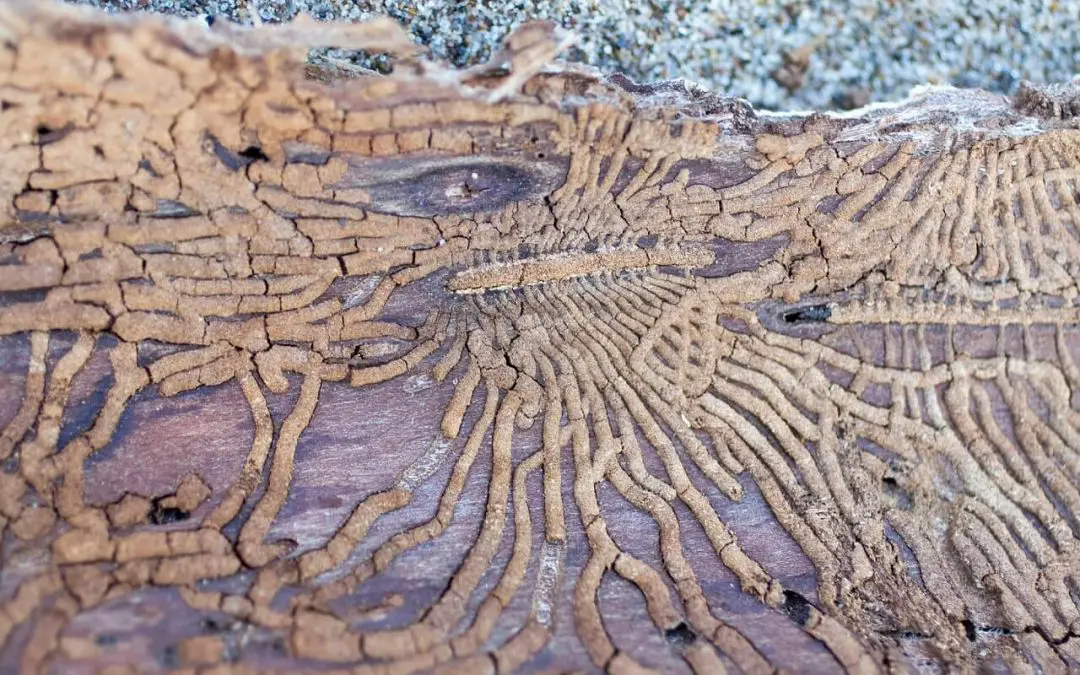No homeowner wants to hear the word “termites.” These tiny, silent destroyers work 24/7, chewing through the wooden structure of your most valuable asset. The key to protecting your home is knowledge. By understanding the signs of termite infestations, knowing when to call a professional, and acting quickly, you will confidently defend your home against these destructive pests.
Recognizing the Warning Signs of Termite Infestations
Termites are incredibly secretive, but they leave behind distinct clues. Being aware of these common indicators is your first line of defense against developing serious termite infestations. Often, the first visible sign of an active infestation is discarded wings. “Swarmers” are reproductive termites that leave the colony to start new ones. They are often mistaken for flying ants. After a swarm, you may find small piles of discarded, translucent wings near windowsills, doors, or light sources. This indicates a mature colony is nearby or inside your home.
Subterranean termites, the most common and destructive type, build pencil-sized mud tubes on foundation walls, crawlspaces, or support piers. These protective highways allow them to travel between the soil and your home’s wood structure while avoiding open air and light. Finding these tubes is a clear indication that a termite infestation is active and foraging. Drywood termites, which live entirely within the wood they consume, push their droppings, called “frass,” out of tiny kick-out holes. Frass looks like small piles of fine, sawdust-like pellets. Finding these near wooden furniture, baseboards, or door frames is a serious warning sign.
While termites consume wood from the inside out, severe damage may make wood appear brittle, hollow when tapped, or cause paint to bubble or peel. In extreme cases, floors may sag, or doors and windows may become difficult to open.
Why a Professional Inspection is Essential for Termite Infestations
DIY detection and treatment methods are inadequate when dealing with a serious termite infestation. These insects are highly evasive, and their colonies may extend deep underground or into inaccessible parts of your home’s structure. A professional termite inspector brings specialized expertise and equipment that a homeowner cannot replicate. The inspector will conduct a comprehensive, non-invasive examination of your entire property. They meticulously check the foundation, crawlspaces, basement, attic, garage, and the exterior perimeter of the home. They look for subtle signs like moisture intrusion, wood-to-soil contact, and hidden mud tubes that are easily missed by an untrained eye.
This detailed report gives you a confident, accurate assessment of the problem and the necessary strategy for treatment, protecting your investment with professional precision.
Treatment and Prevention Against Termite Infestations
Once an active termite infestation is confirmed by an inspection, quick and professional action is necessary to eliminate the colony and prevent re-infestation. For subterranean termites, the standard professional treatment involves creating a barrier around the home, either using liquid termiticides applied to the soil (a chemical barrier) or installing bait systems (which eliminate the colony from within). Drywood termite control may involve localized spot treatments, whole-structure fumigation, or heat treatments, depending on the extent of the colony. Never attempt to treat structural infestations yourself; these methods require licensed applicators.
Prevention is the best long-term defense. The most important step is eliminating wood-to-soil contact around your foundation. Ensure that mulch, landscaping, and wood debris are kept several inches away from the foundation wall. Fix any leaky plumbing, as termites are drawn to moisture. Finally, check your gutters and downspouts are functional to direct water away from the foundation. Regular professional inspections, coupled with these maintenance steps, offer the most confident defense against future termite infestations.
Frequently Asked Questions (FAQs)
Does my homeowner’s insurance cover termite damage?
No, standard homeowners insurance policies almost never cover damage caused by termite infestations. They consider it a preventable maintenance issue, which is why proactive inspection and treatment are so critical to protect your investment.
How long does it take for termites to cause significant damage?
While a sudden collapse is rare, a large, mature subterranean termite infestation could cause serious structural damage, requiring thousands of dollars in repairs, within just a few years if left untreated.
How often should I have a professional termite inspection?
It is highly recommended that homeowners get a professional termite inspection at least once per year, especially in warm or high-risk climates. This regularity guarantees early detection before serious damage occurs.
I found mud tubes on my foundation. Can I just knock them down?
You should not knock them down before an inspection. While removing the tubes disrupts the termites’ travel, it also causes them to retreat and potentially build new, hidden tunnels elsewhere, making proper professional treatment more difficult to locate and manage.
TUFF Home Inspections provides termite inspection services in New Jersey. Contact us to book an appointment.

